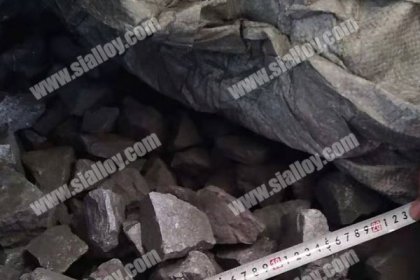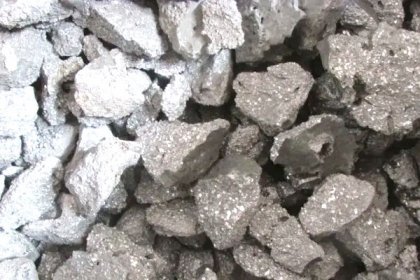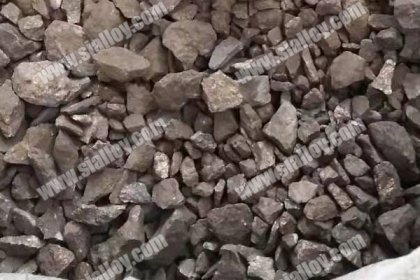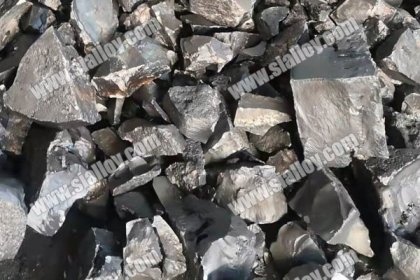technology of magnesium alloy casting
The casting of magnesium alloy parts can adopt gravity pouring, low pressure casting and die casting. In recent years, new thixotropic injection molding technology has emerged. Among them, die-casting technology and equipment are the most mature. At present, most of the magnesium alloy parts at home and abroad are produced by die-casting method.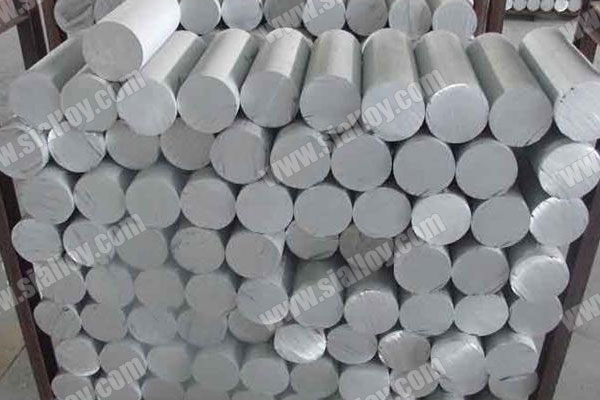
Since magnesium alloy solution is easy to oxidize and burn, and the tendency of hot cracking during casting is greater than that of aluminum alloy, magnesium alloy is more complicated than aluminum alloy die casting in terms of melting, pouring and temperature control of die casting liquid. Die casting machine is divided into hot chamber die casting machine and cold chamber die casting machine. The production efficiency of hot chamber die casting machine is high, about twice that of cold chamber die casting machine of the same capacity, but its locking force is generally below 7840kn, which is usually used for low quality (Generally less than 2kg) thin-walled castings. The cold chamber die casting machine is more widely used. The cold chamber die casting machine is suitable for the production of thicker and heavier parts. For example, the Audi automobile company's size is 1440x3.5mm and the weight is 4.2kg. Automatic casting mechanism, produced on a cold chamber die casting machine with a locking force of 24.50MN. Magnesium alloy die-casting is the same as other metal die-casting. During the die-casting process, the magnesium alloy liquid fills the die-casting cavity with high-speed turbulent flow in a dispersed state, so that the gas in the cavity cannot be removed, forming high-pressure micropores or dissolving in the alloy. These pores will fold or expand at high temperatures, causing the casting to deform or bulge. Therefore, magnesium alloy die-casting parts produced by traditional die-casting methods, like other alloy die-casting parts, cannot be strengthened by heat treatment and cannot be used at higher temperatures. In order to eliminate this defect, improve the quality of die castings, and expand the application range of die casting technology, in recent years, some new die casting technologies have been researched and developed, such as vacuum die casting and semi-solid thixotropic die casting technology. Regardless of the technology, magnesium alloy casting usually requires a large amount of magnesium metal and silicon metal as raw materials for alloy castings.
Compared with traditional die casting, thixoinjection molding does not require processes such as liquid metal melting and pouring, and the production process is cleaner, safer and energy-saving. No melt is produced, the raw material consumption of the unit forming part is greatly reduced, there is no explosion hazard, no SF6 gas protection is required, and the destruction of SF6 to the ozone layer is eliminated. The gas involved in the forming process is greatly reduced, and the porosity of the part is less than 0.069%. The formed parts can be heat treated, and the formed parts have high density, good mechanical properties and strong corrosion resistance. Compared with traditional die-casting, the working temperature is reduced by about 100°C, which is beneficial to improve the life of die-casting molds, and make the production process have good consistency, reduce the shrinkage rate of magnesium castings in the mold, and reduce the casting resistance. The dimensional accuracy of the castings is improved, and the surface quality of the parts is good. Thin and light parts with a wall thickness of 0.7-0.8mm can be cast. Due to the many advantages of the new production method, it will gradually become the mainstream of magnesium alloy production in the future.
 中文
中文
